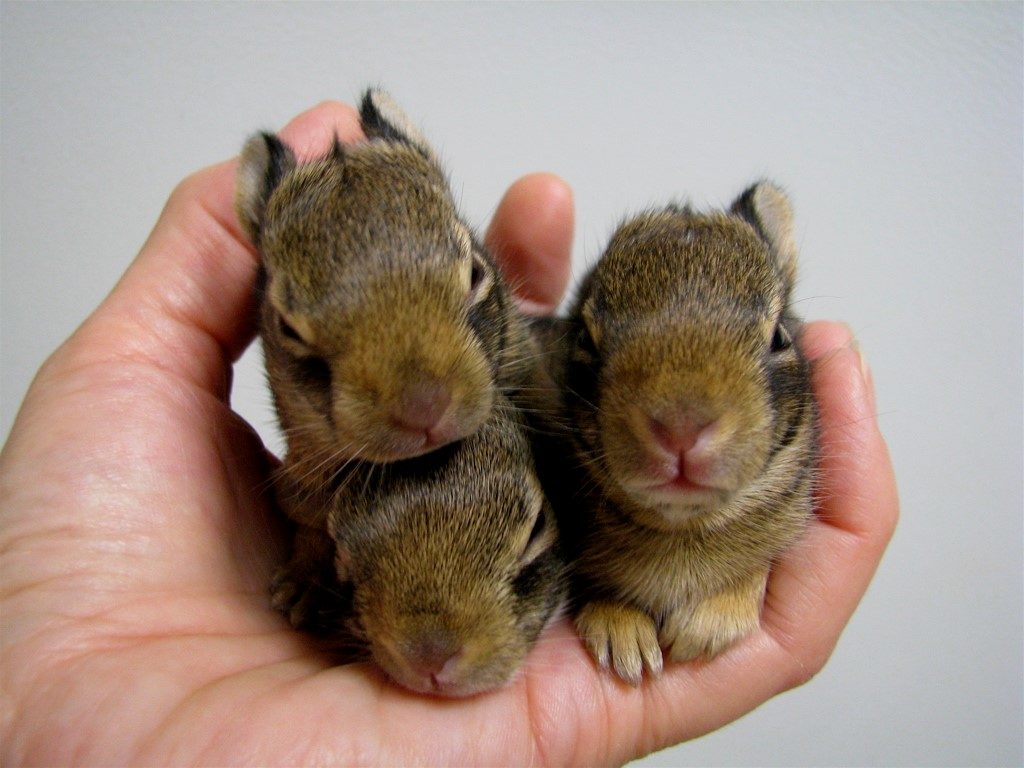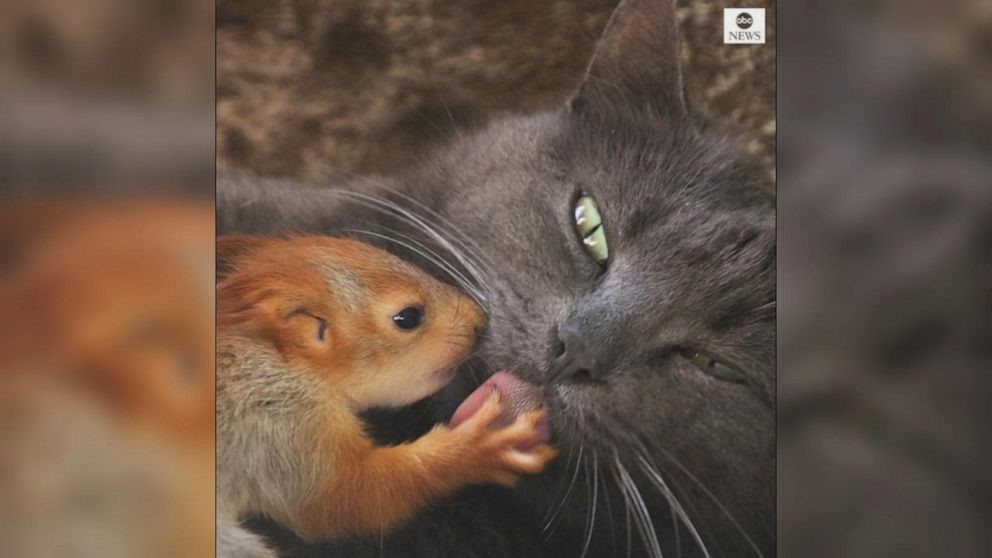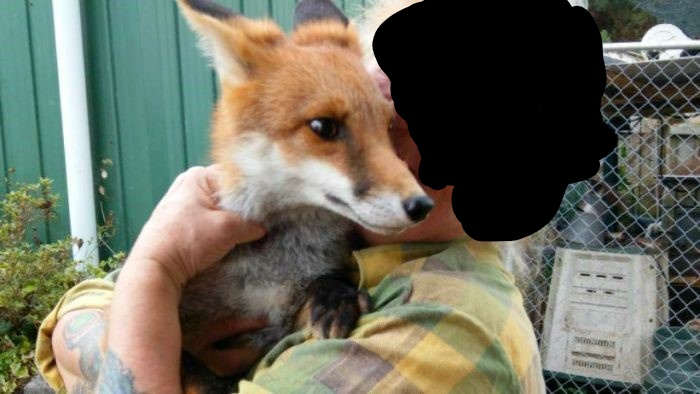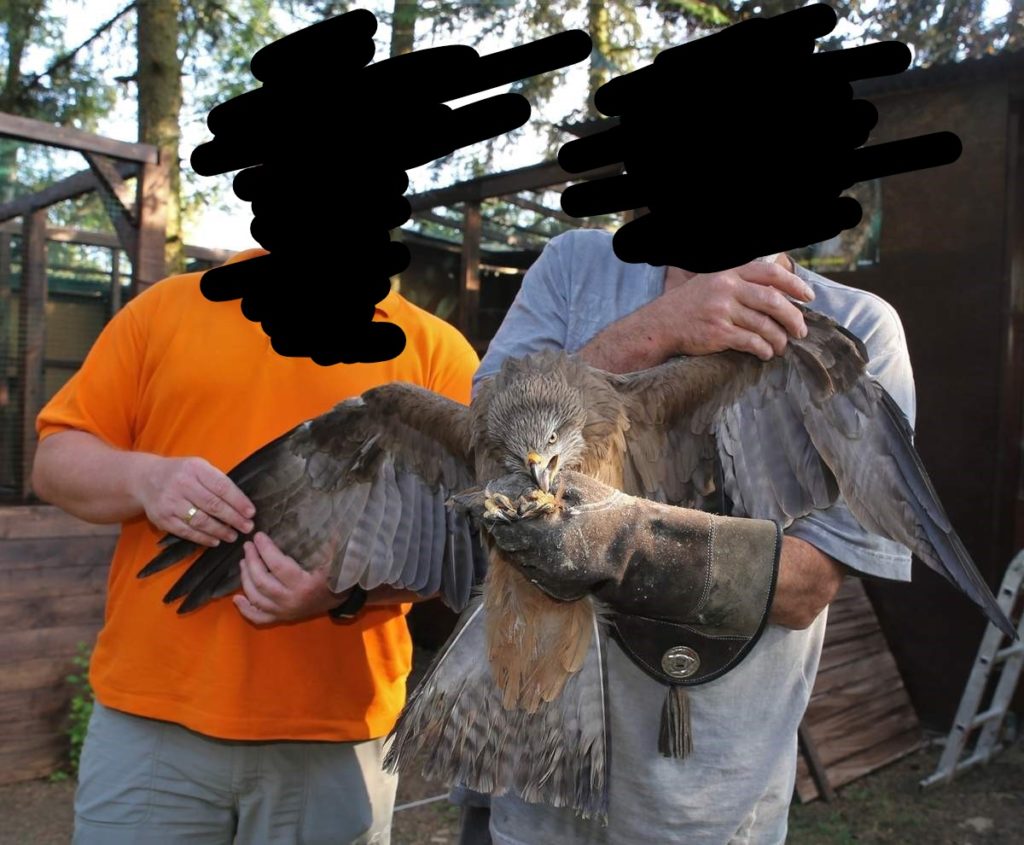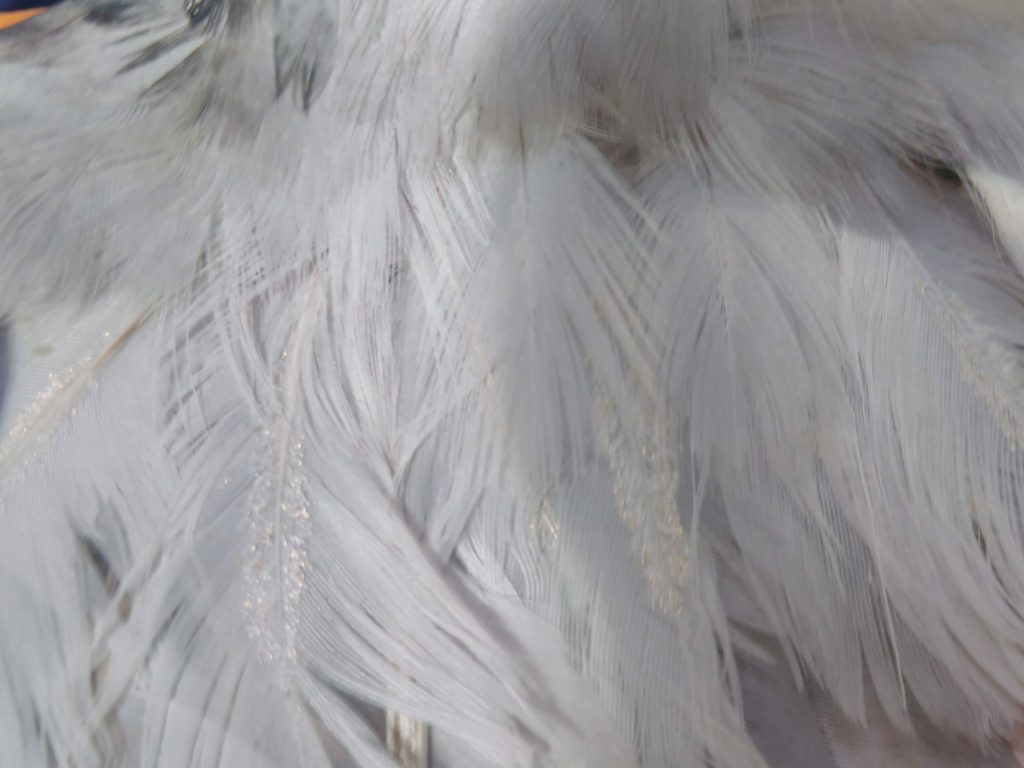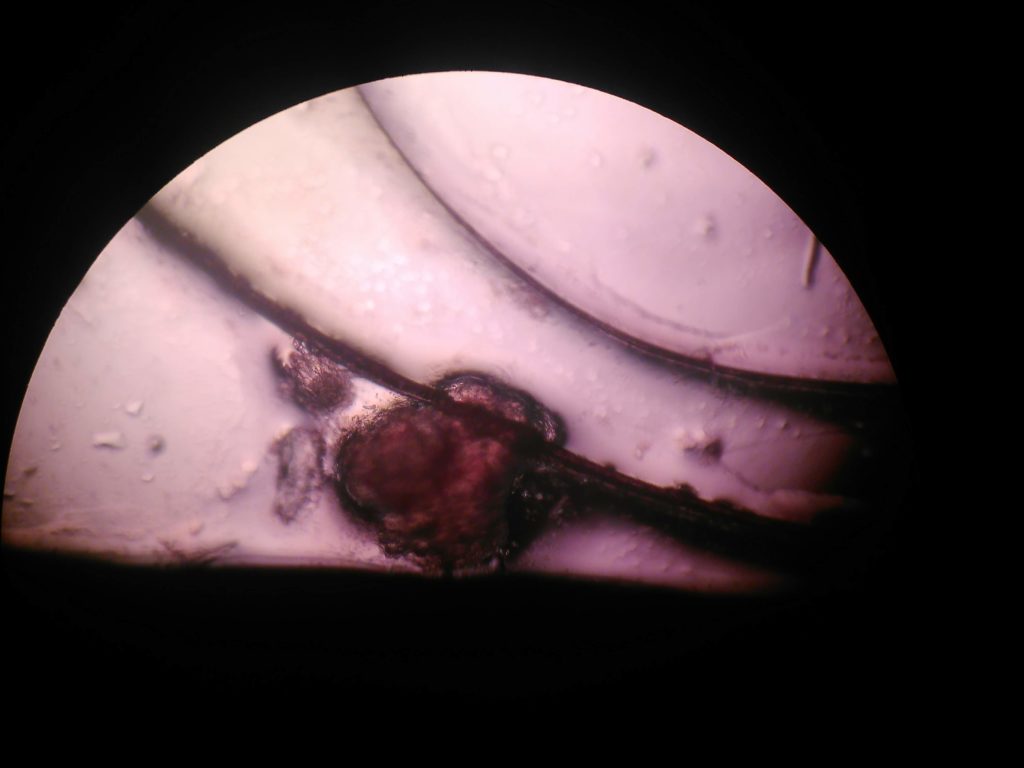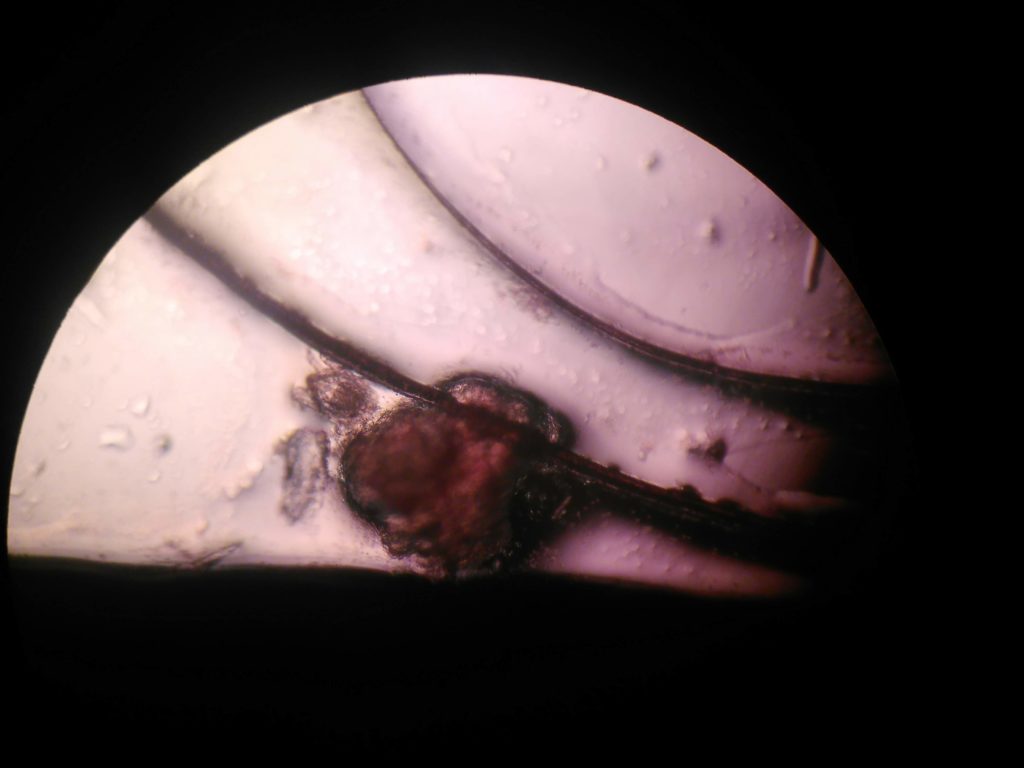Despite the worldwide quarantines and lockdowns, work in wildlife centres has not stopped. Animals still get injured and sick, and now that it is springtime, the first orphaned animals are arriving at our centre. The only difference for us is that we have even fewer resources than before. We have to make sure our volunteers stay healthy and safe. Gloves, face masks and disinfectant are now needed for corona patients, so it is hard to buy them anymore, and as the economy is not very stable in these times, people are not able to donate money.
But our work continues and we do our best to keep it going as professional wildlife centres are needed. We can not expect the knowledge, resources and professionalism of private individuals to take care of injured, sick or orphaned wildlife. Often well-intended acts end in tragedies, for humans and the wild animal.
I already stressed before, that even the quietest wild animal is stressed in human care. We might not see it, hear it or notice it in any way but they are stressed. As wild animals are not domesticated, they are not, even if they are raised by humans, bred and genetically modified to live in captivity and close proximity with humans. Through domestication, humans changed wild animals to be more manageable for human use and to be more suited to learn how to interact and communicate with humans.
As we raise orphaned wildlife regularly in wildlife centres and often, as there are not many foster animal-parents available, these orphans are raised by humans. We all know how fast young animals, across all species, learn and adapt. And sometimes these orphans think of us humans as their parents or kind, especially if they are raised alone and with frequent interactions with humans.
Imprinting is the term we use in these situations. Konrad Lorenz was one of the first researchers to show the effects of imprinting, and I am sure a lot of you have seen pictures of him with a clutch of geese following him around. Usually, a young animal imprints on their own species, as they see, hear and feel their parents and siblings. This process helps them to know which species is their own kind, which species is safe to interact with, and how their future mate should look, sound, smell and so on. We can differentiate social imprinting and sexual imprinting. A nonhuman animal can be social with its own species and humans but show sexual behaviour, if given a choice, only to its own kind.
When and how this imprinting happens is different in every species. We don’t know much about our wildlife yet, and therefore not how the orphaned animals are affected by being raised in close proximity to humans.
Many centres apply different strategies for preventing the human-imprinting process. Some use hand-puppets in the shape of the parents to feed the young ones, others feed the orphans in darkness.
All rehabilitators usually avoid any close contact and any human voices around the nonhuman animals. It is always preferred to have more than one individual of a particular species, to simulate the presence of siblings if the species allows it (obviously species where only one offspring is raised, would not be used to having siblings around, and it might end in a fight, like a lot of eagles where the older hatchling kills the younger one). But studies suggest that even having a sibling there is not necessarily enough to prevent developing tameness or a positive relationship with the human feeding them, which might lead to sexual imprinting.
Raising an orphaned wildling is quite a science. And still, we don’t know enough to prevent human imprinting and as we lack the ability to recheck our released animals, due to a lack of resources, we can not see if they successfully mate with their own species.
Further studies are needed to determine what is the best approach for raising orphaned wildlife, especially songbirds as here the methods to prevent imprinting are very limited. We can not feed them in the dark, there are too many species for which to have individual puppets and sometimes siblings are not available.
To be continued…
